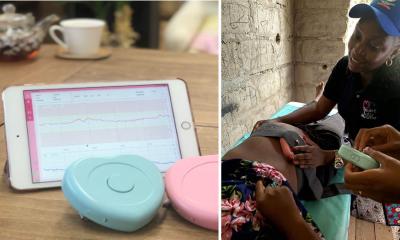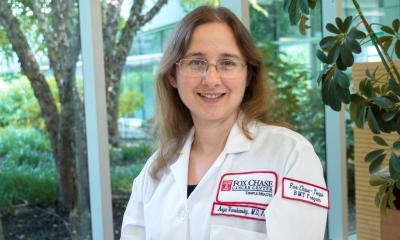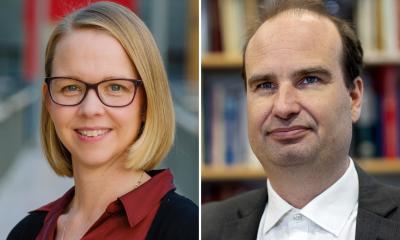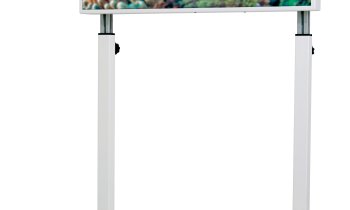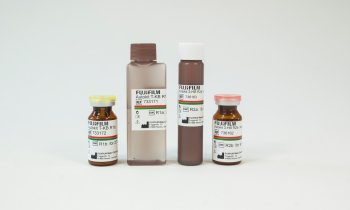High-tech air rescue
Germany - The Ultrasonic Cardiac Output Monitor (USCOM), a portable system that enables beat-to-beat cardiac output assessment at medical emergency locations, has been tested for use during helicopter patient transportations, and worked effectively, without suffering from or causing interference to helicopter electronics.
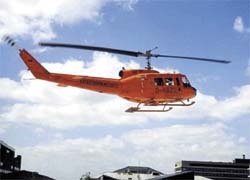
It also was found to successfully aid diagnoses and supported tailored volume and/or catecholamine therapy, said study leader Dr Karsten Knobloch of Hanover University Hospital’s Medical School.
The investigation involved 24 critically ill patients, aged 17 months to 92 years. 14 patients were unconscious due to cardiac and non-cardiac causes. In three patients the USCOM device was used during inter-hospital transfer by helicopter.
Non-invasive cardiac output was determined at the scene and during helicopter transportation aboard the Christof Four rescue helicopter (pictured), based at Hanover Medical School.
Simultaneously, blood pressure, ECG and oxygen saturation were determined, and each examination took approximately 45 seconds. During the helicopter journeys several consecutive CO measurements were taken to assess volume and catecholamine therapy with increases in stroke volume after volume load with colloidal fluids.
In previous research, Dr Knobloch demonstrated USCOM’s accuracy in measuring cardiac output, compared with the gold standard Pulmonary Artery Catheter method. Presenting his new study results during November’s government sponsored Air Rescue conference, he concluded: ‘There is no doubt that improved outcomes can be achieved by non-invasively assessing the patient’s haemodynamic status, as soon as possible after the trauma event. This information can play a vital role in deciding fluid and drug therapy.’
In a separate study, at the Great Ormond Street Hospital, London, clinicians used USCOM during ambulance transportations of children. Subsequently the hospital purchased a USCOM device for its Intensive Care Department, the manufacturer reports.
The technology used in USCOM was developed in Australia by USCOM Limited, in collaboration with scientific and academic institutions (including CSIRO). The ultrasound technology used was adopted from technology widely used in medical applications for over 20 years, the manufacturer reports.
Details: www.uscom.com.au
01.03.2005



